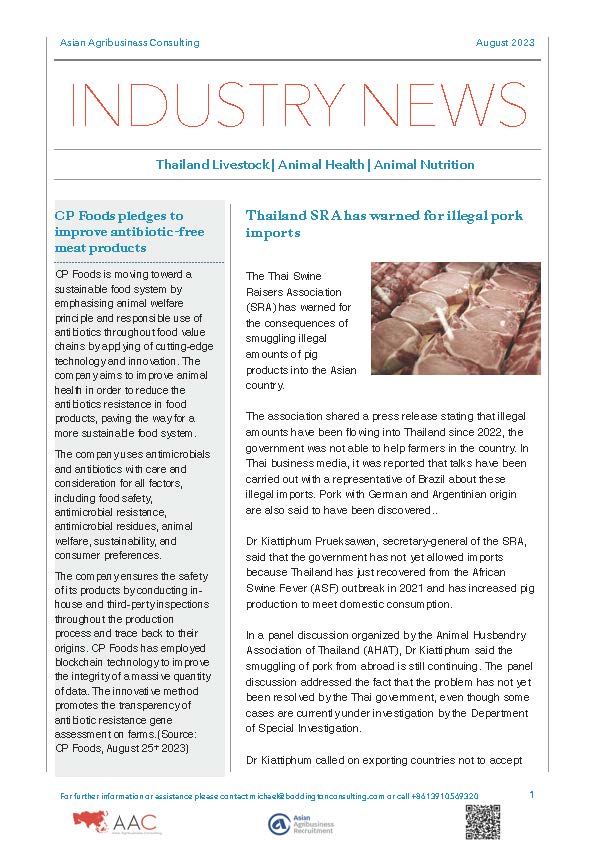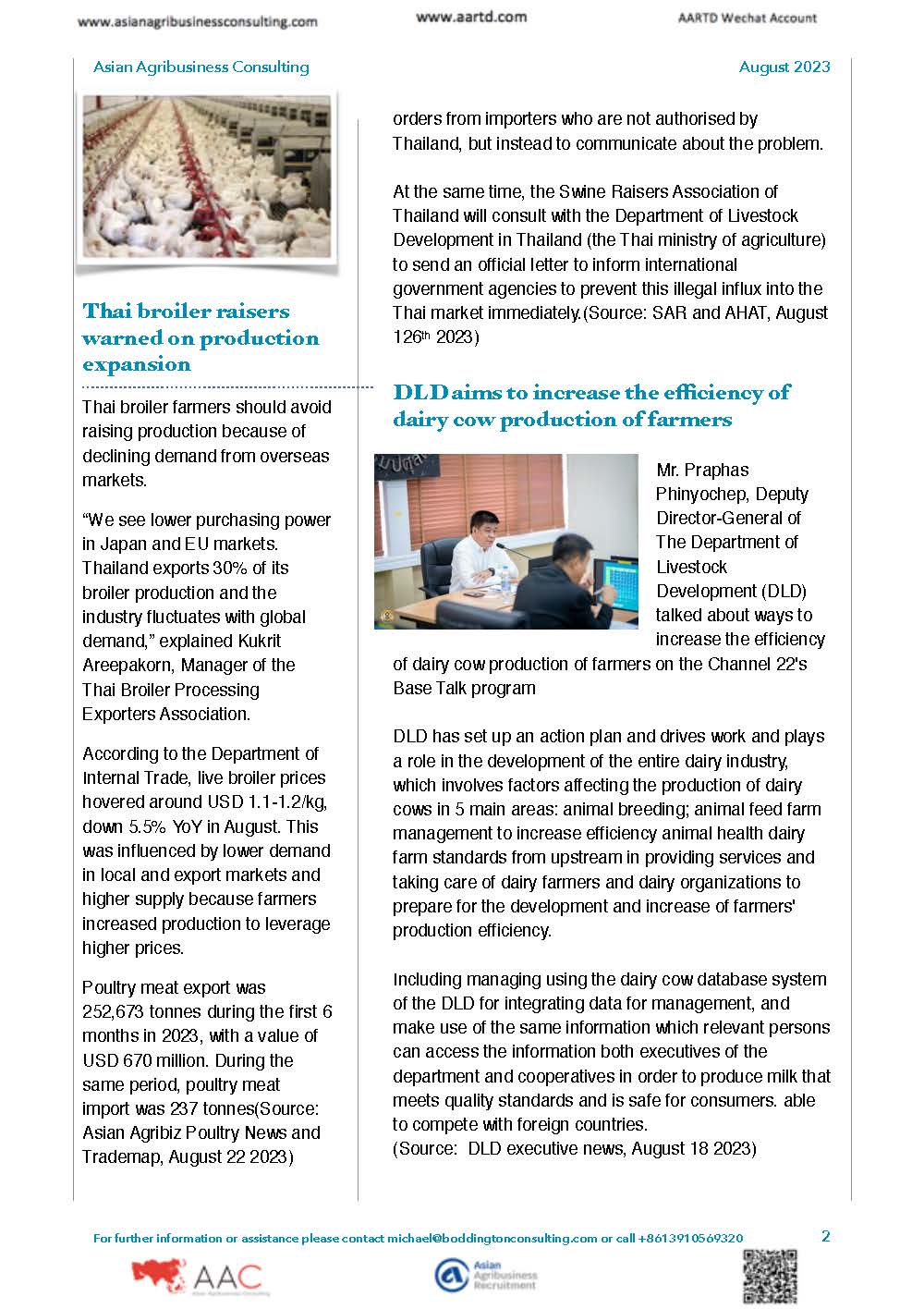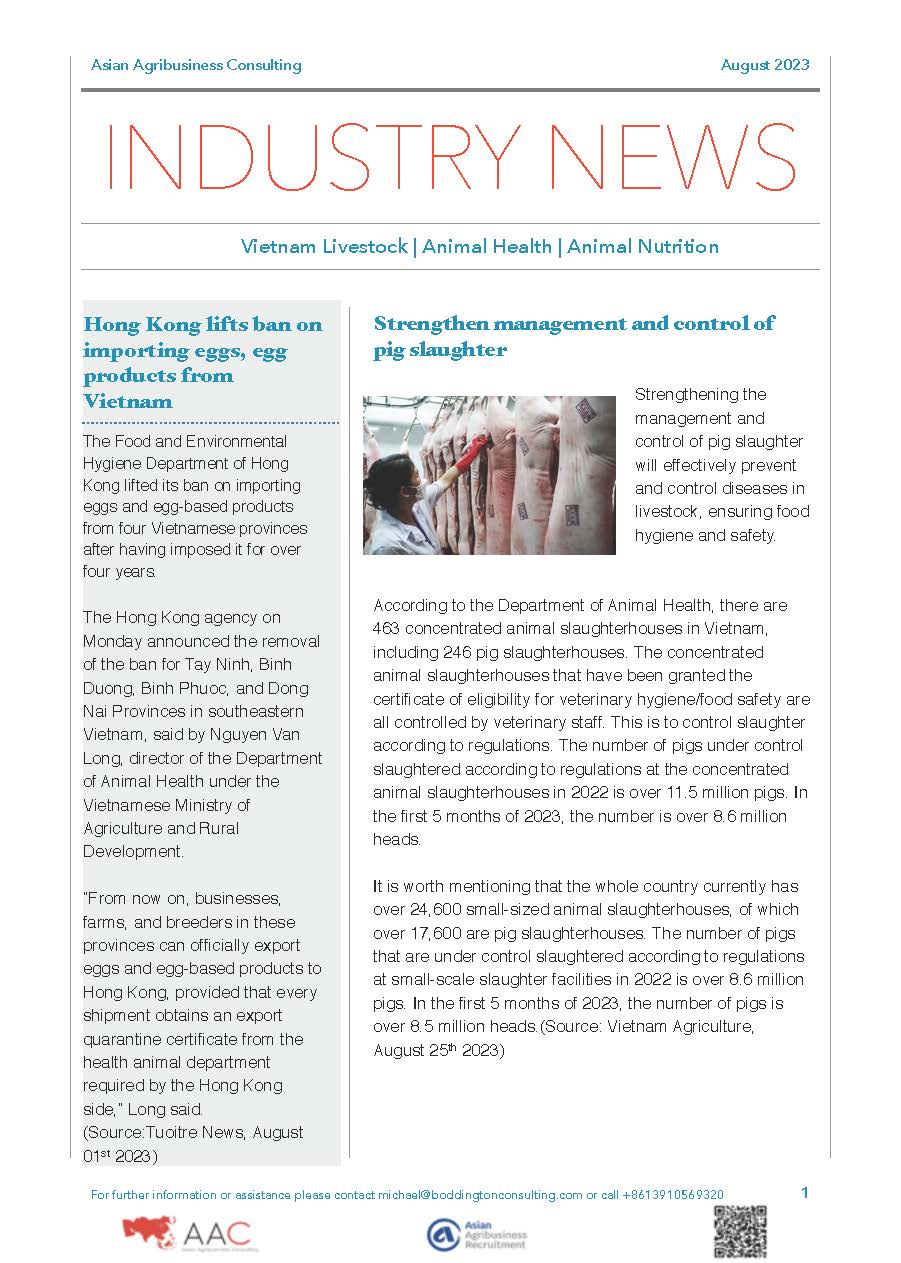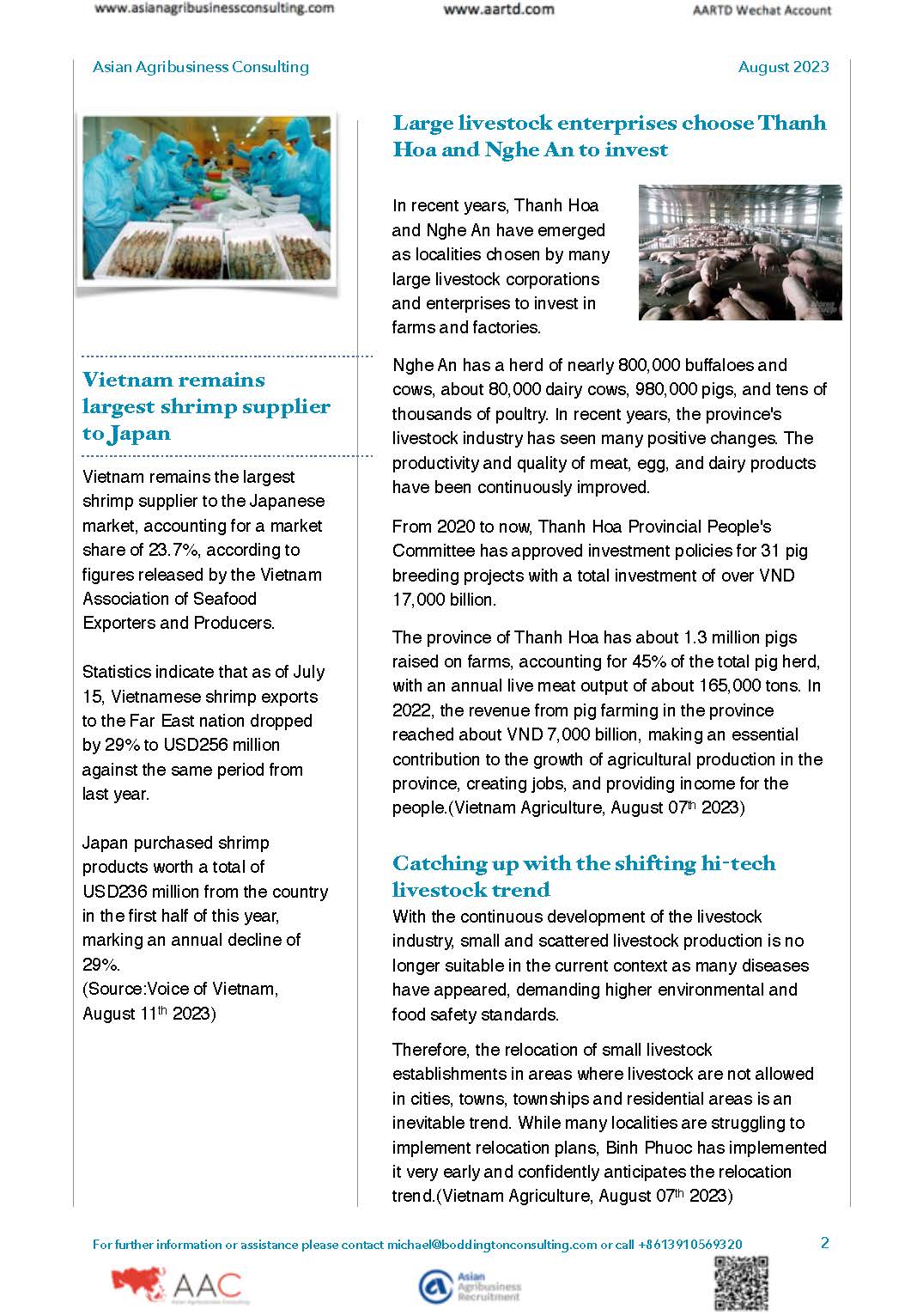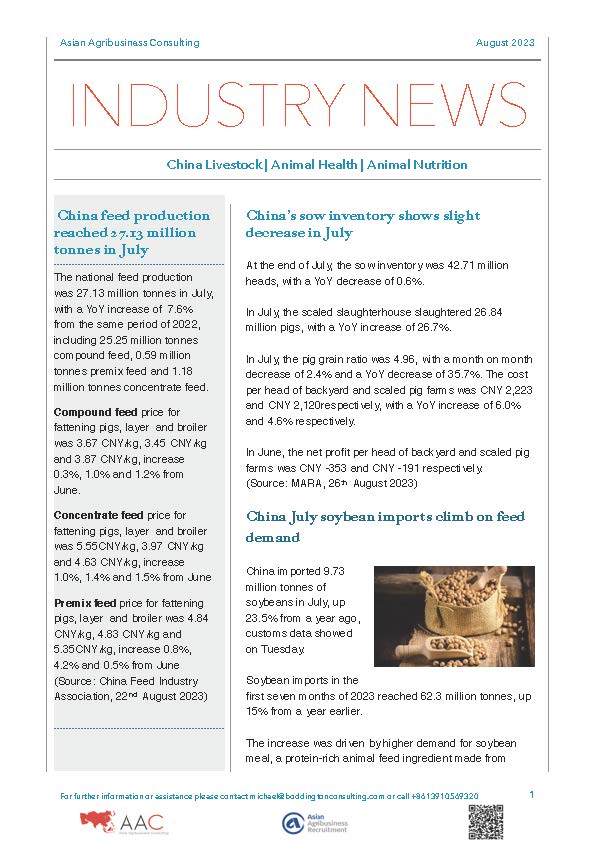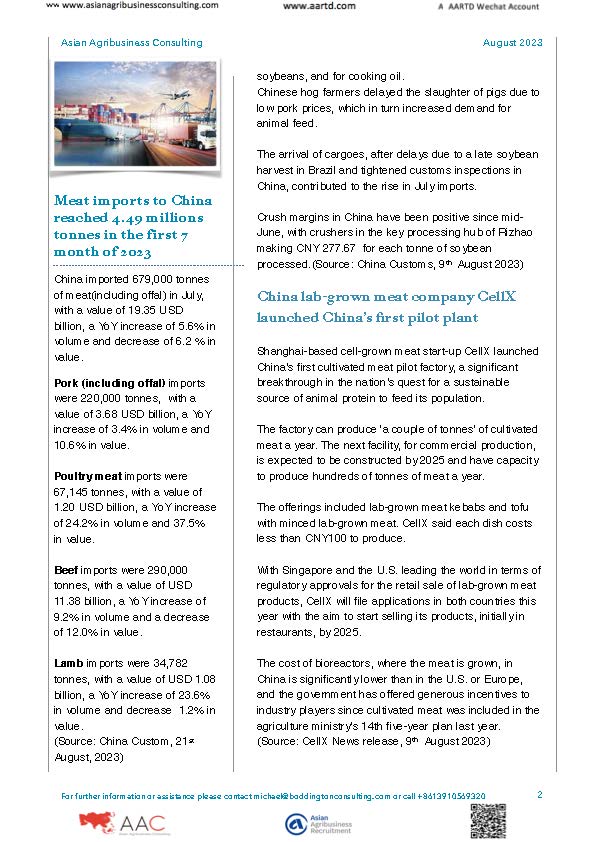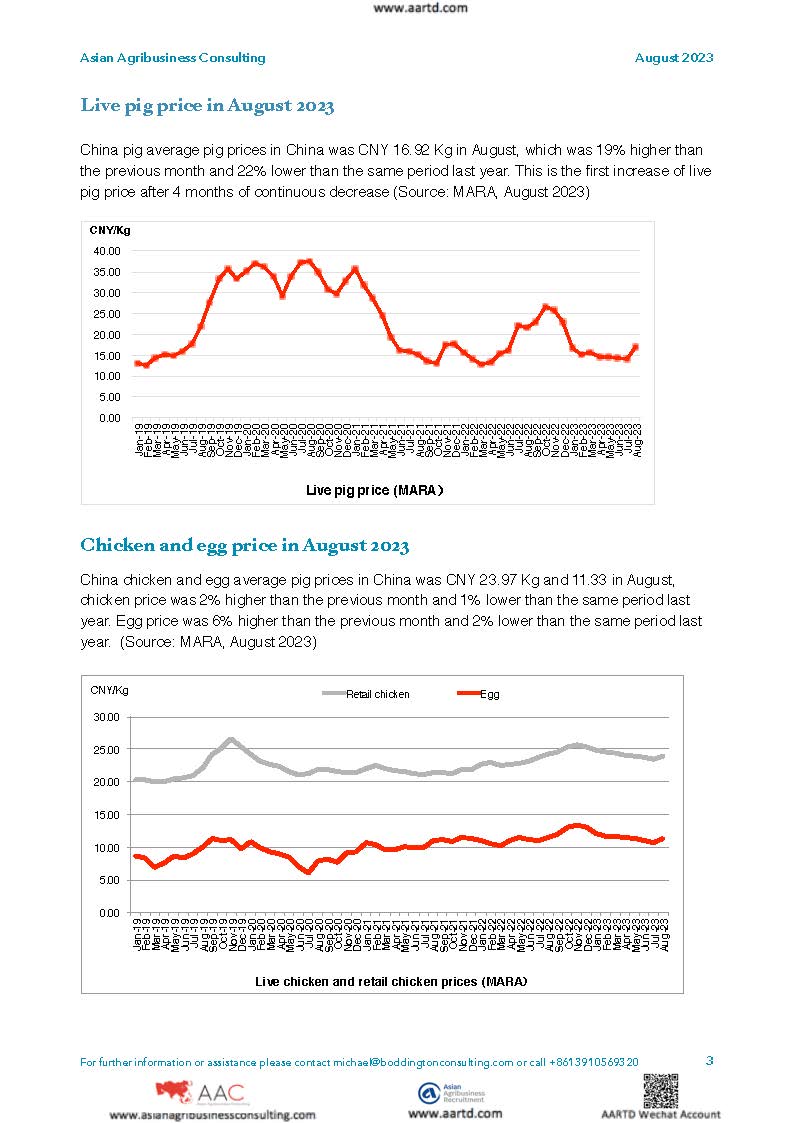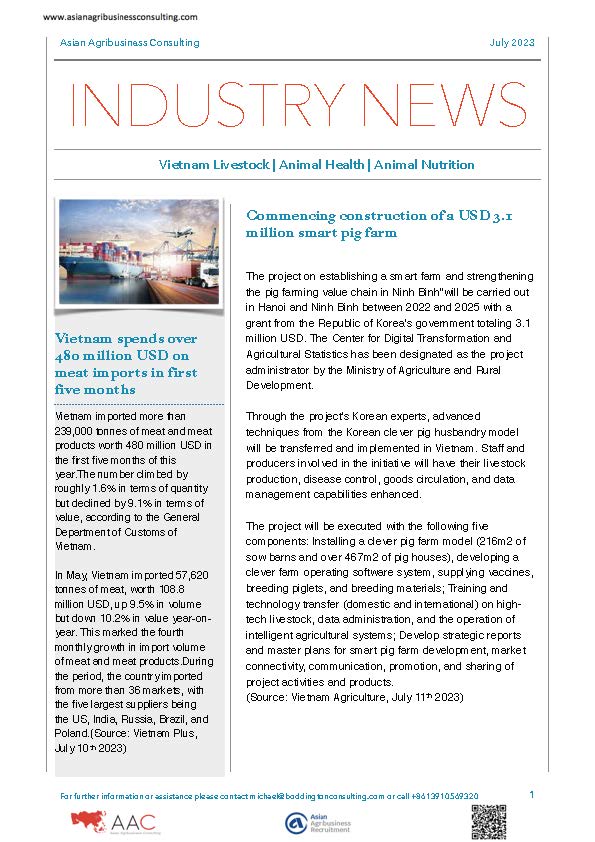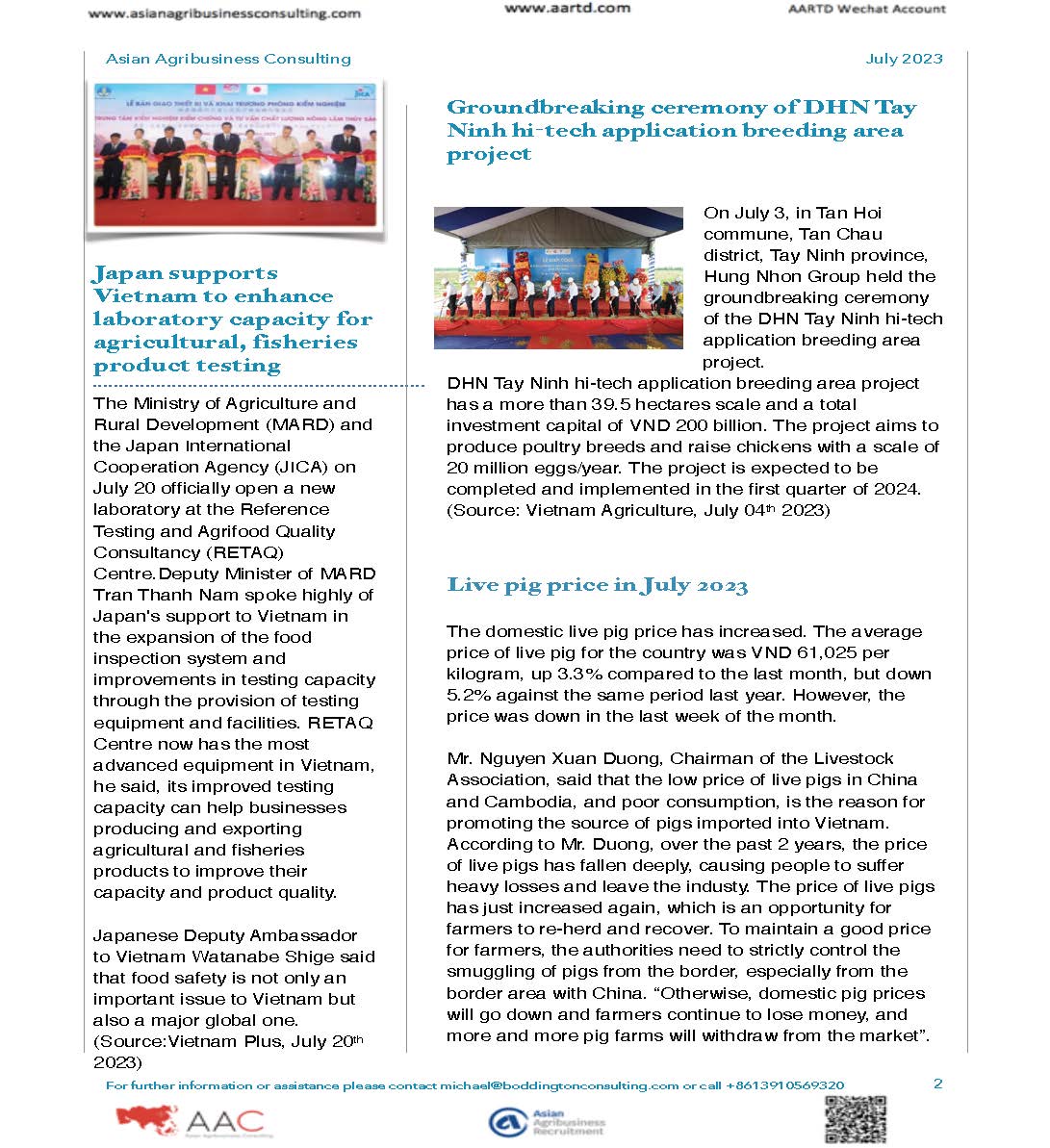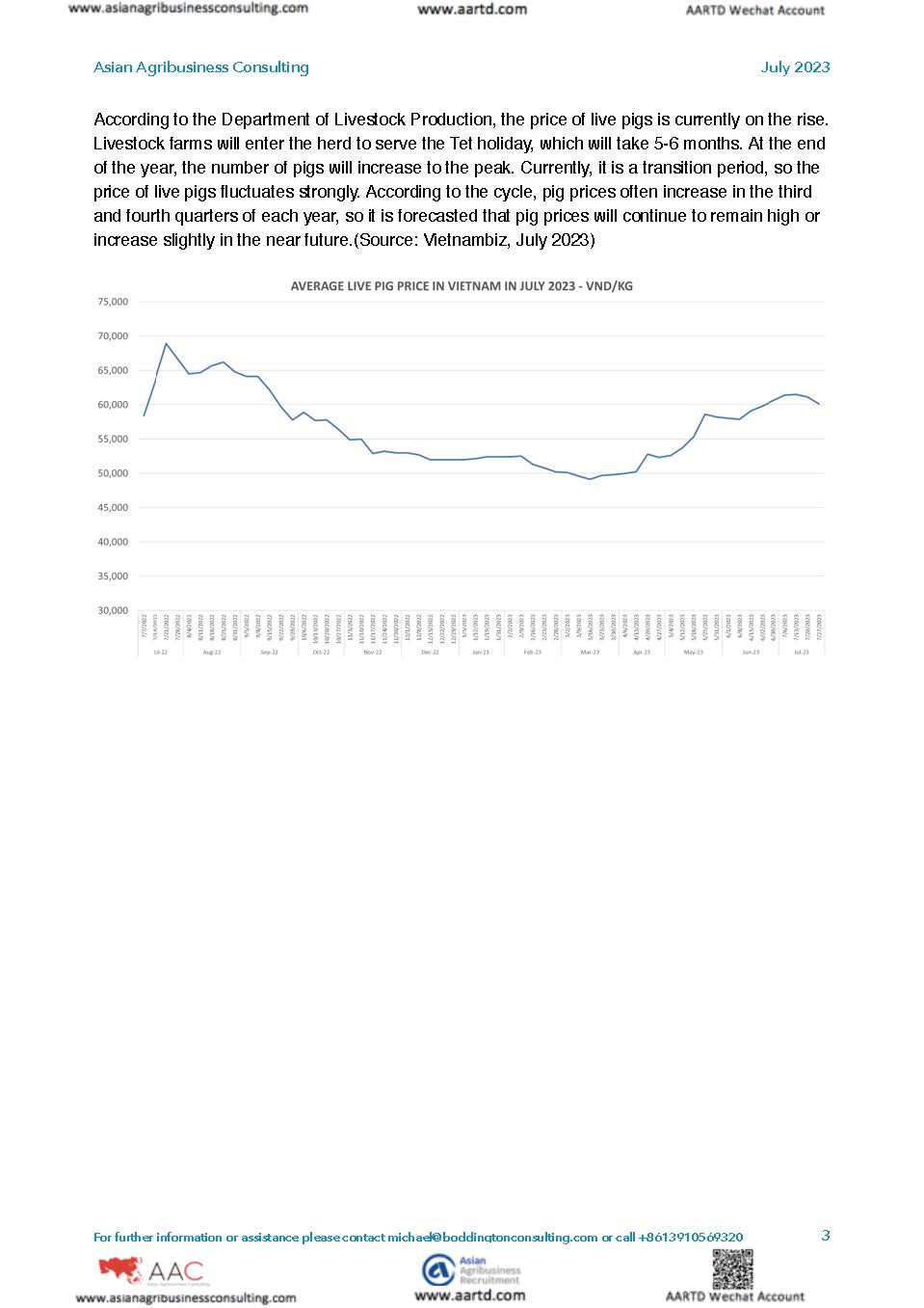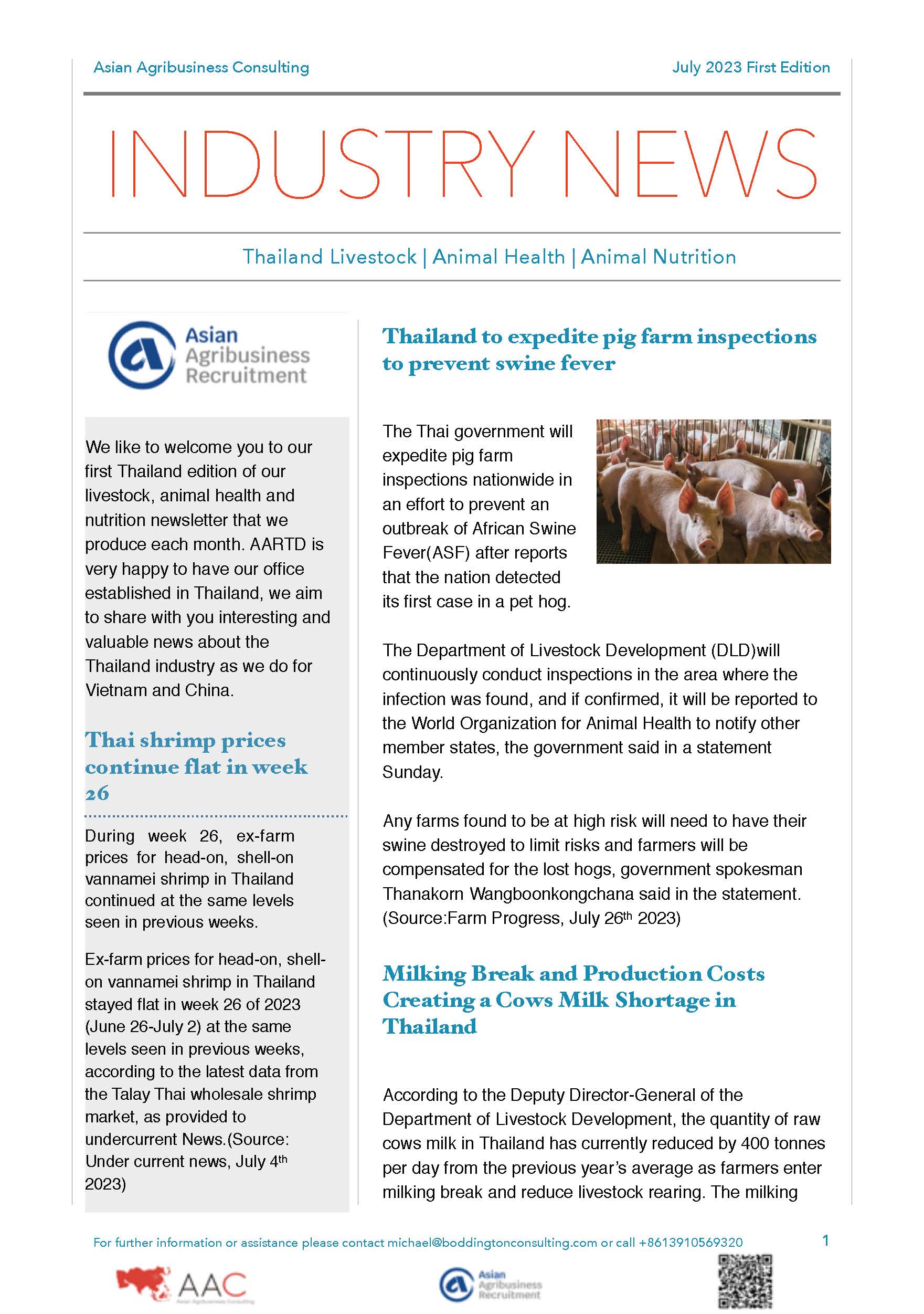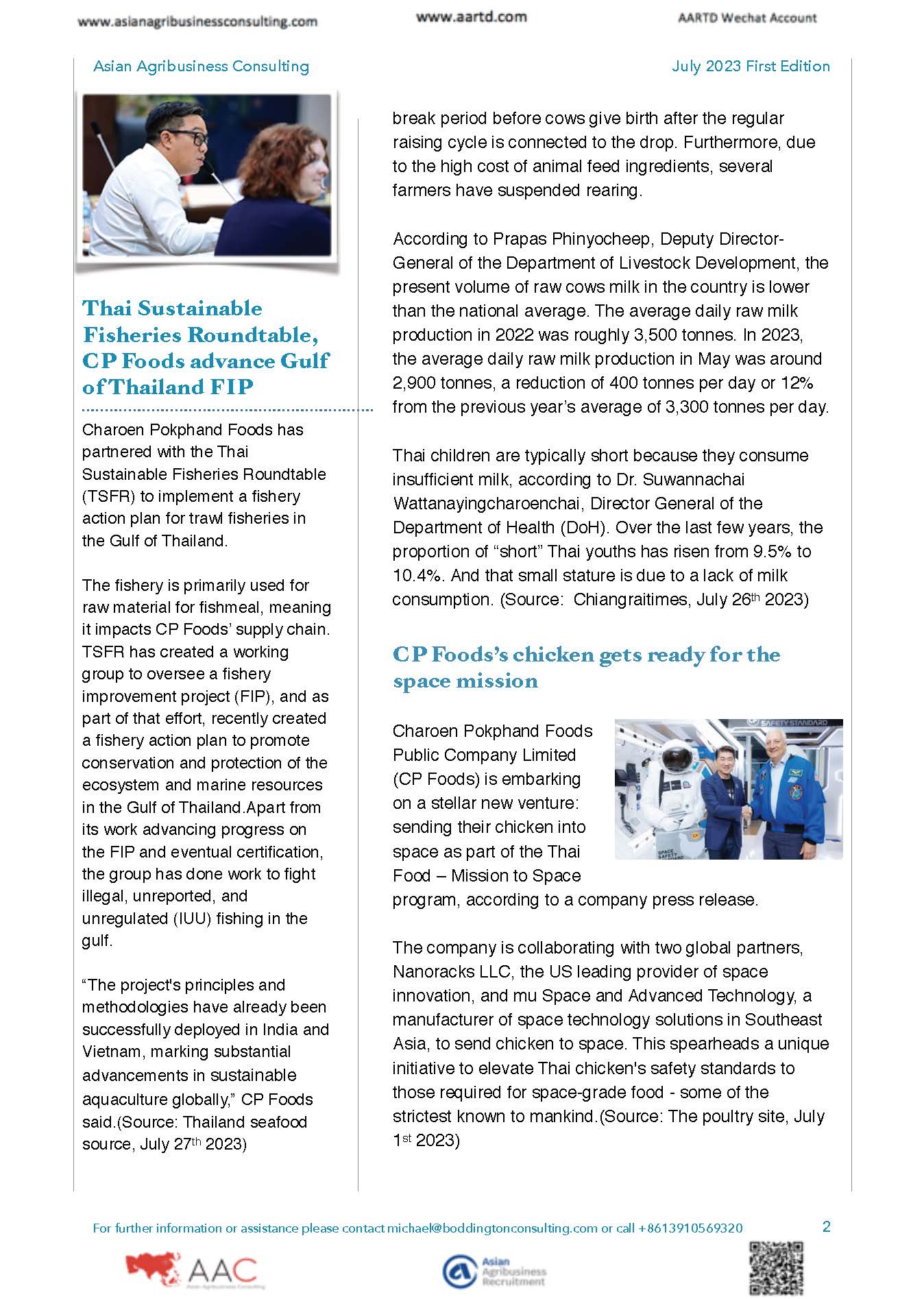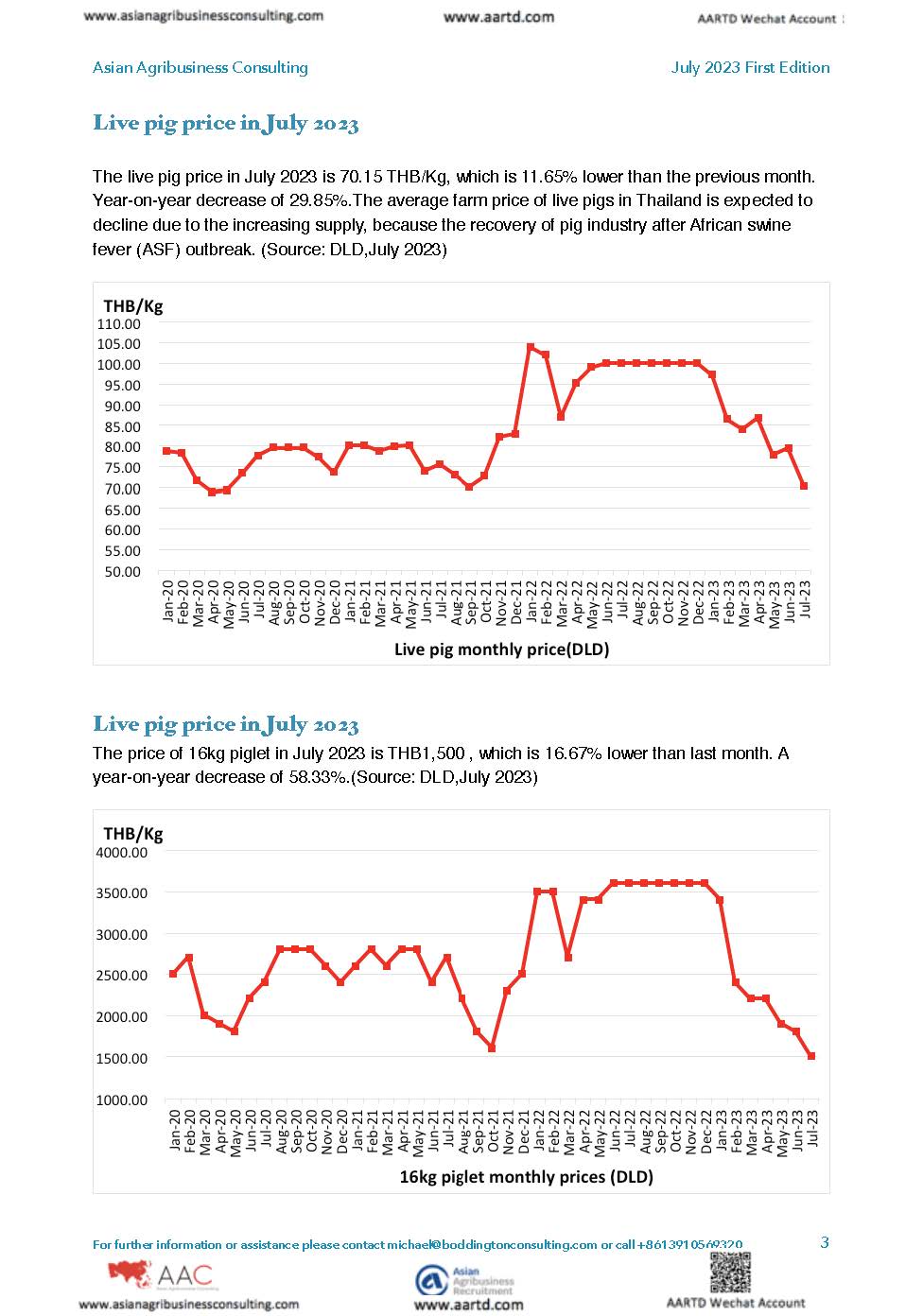Comments Off on Thailand August Livestock, Animal Health & Nutrition
Thailand August Livestock, Animal Health & Nutrition
Comments Off on Thailand Feed and Livestock Dashboard: August 2023
Thailand Feed and Livestock Dashboard: August 2023
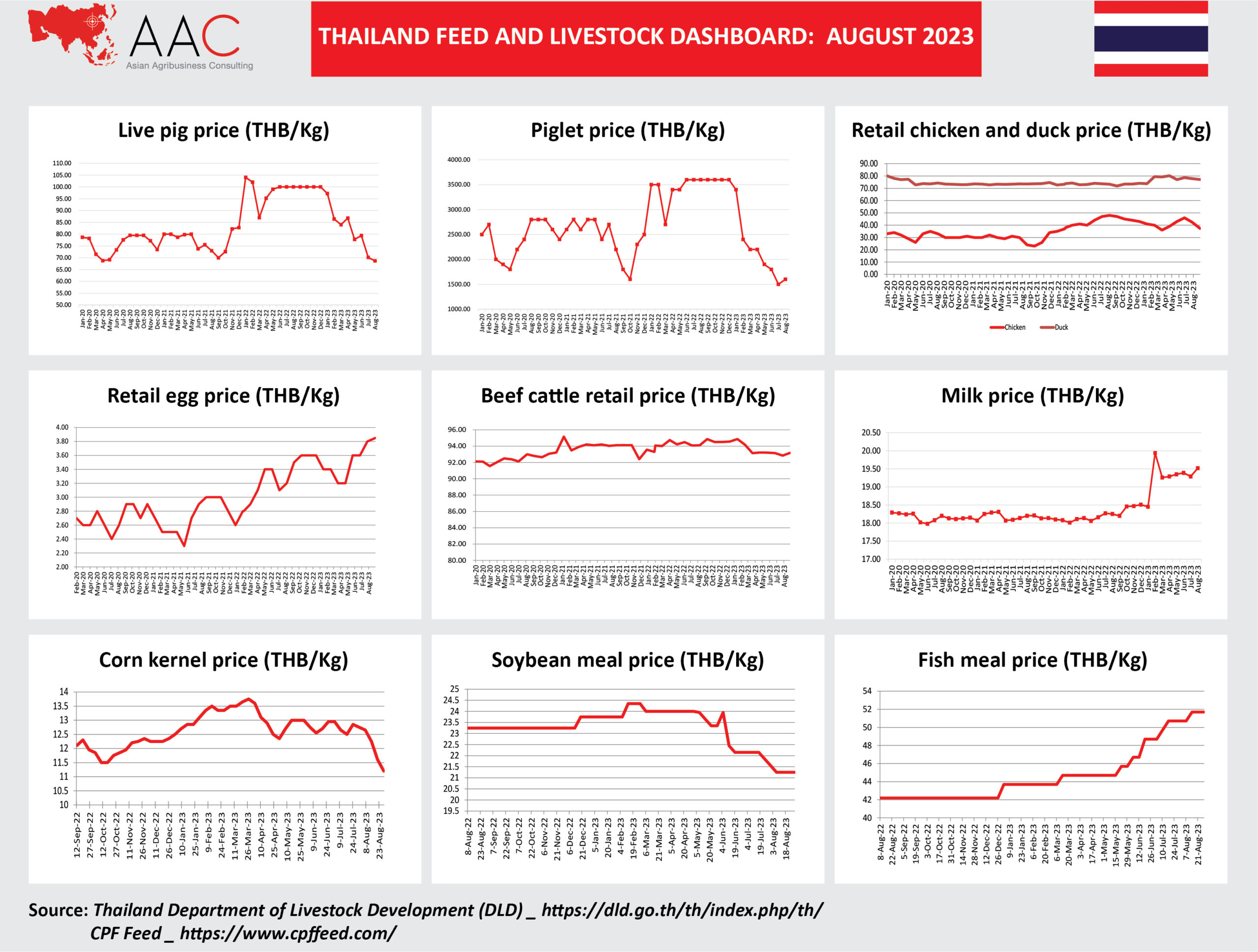
Comments Off on Vietnam August Livestock, Animal Health & Nutrition
Vietnam August Livestock, Animal Health & Nutrition
Comments Off on Vietnam Feed and Livestock Dashboard: August 2023
Vietnam Feed and Livestock Dashboard: August 2023
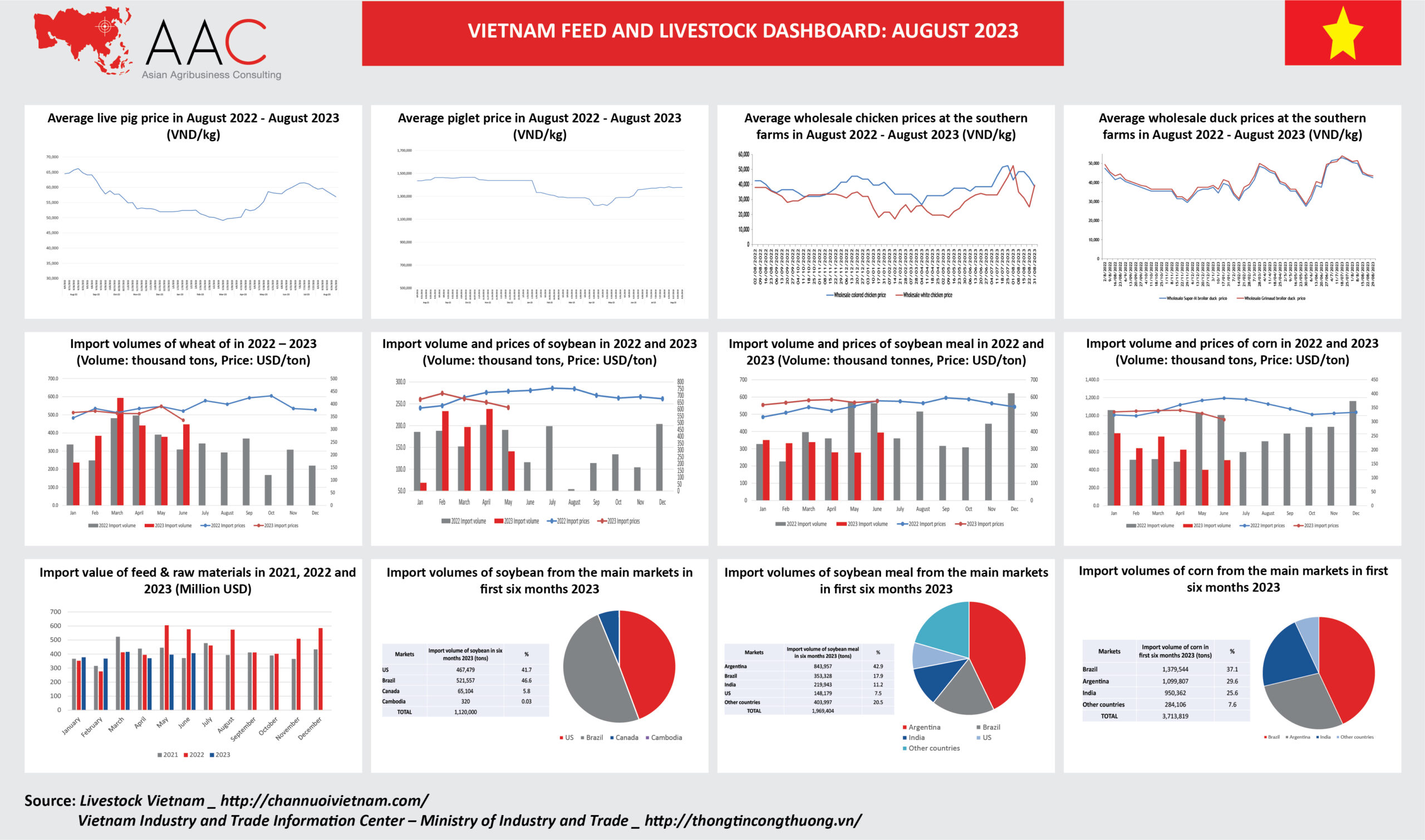
Comments Off on China August Livestock, Animal Health & Nutrition
China August Livestock, Animal Health & Nutrition
Comments Off on China Feed and Livestock Dashboard: August 2023
China Feed and Livestock Dashboard: August 2023
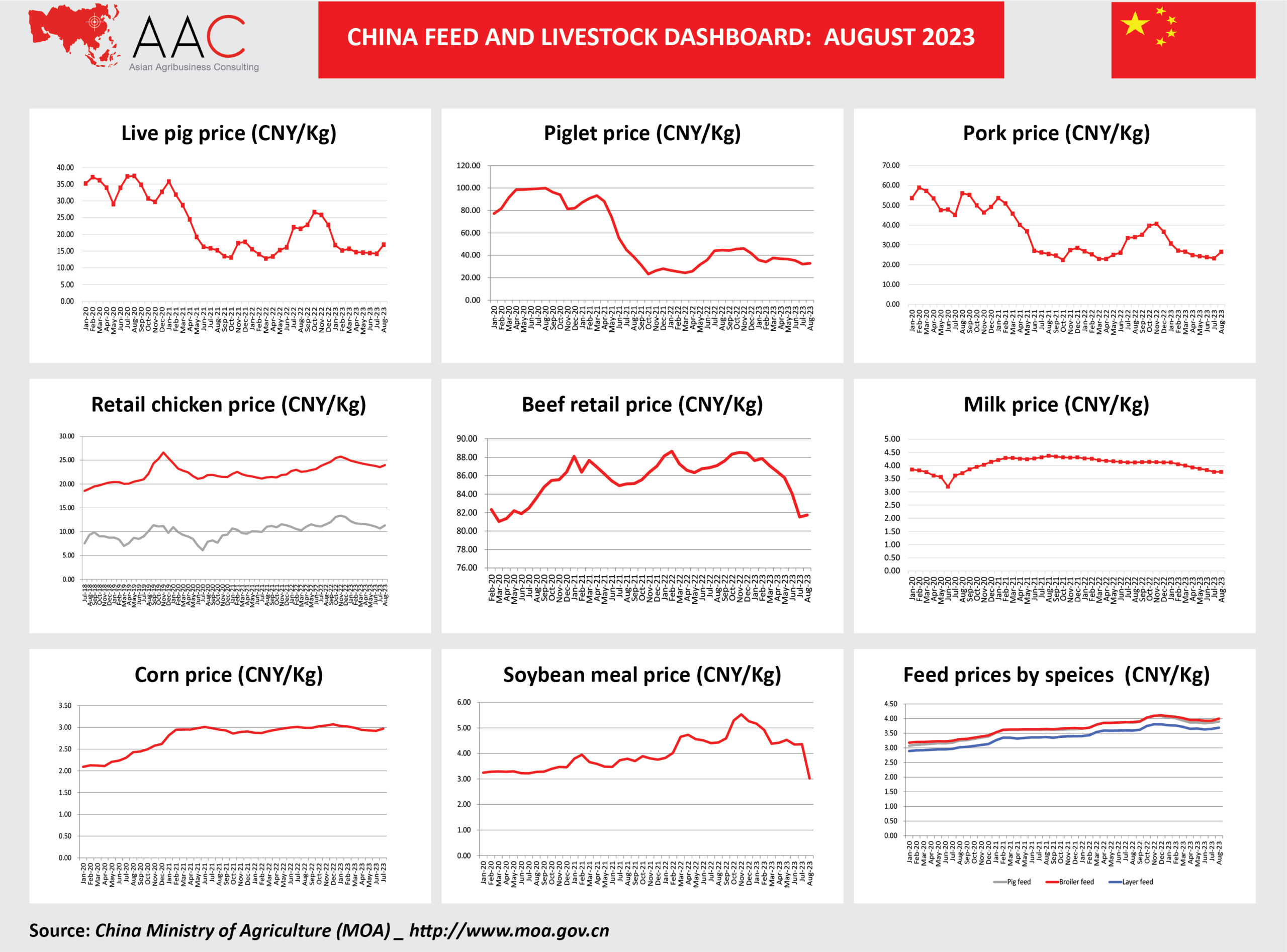
Comments Off on Vietnam Feed and Livestock Dashboard: July 2023
Vietnam Feed and Livestock Dashboard: July 2023
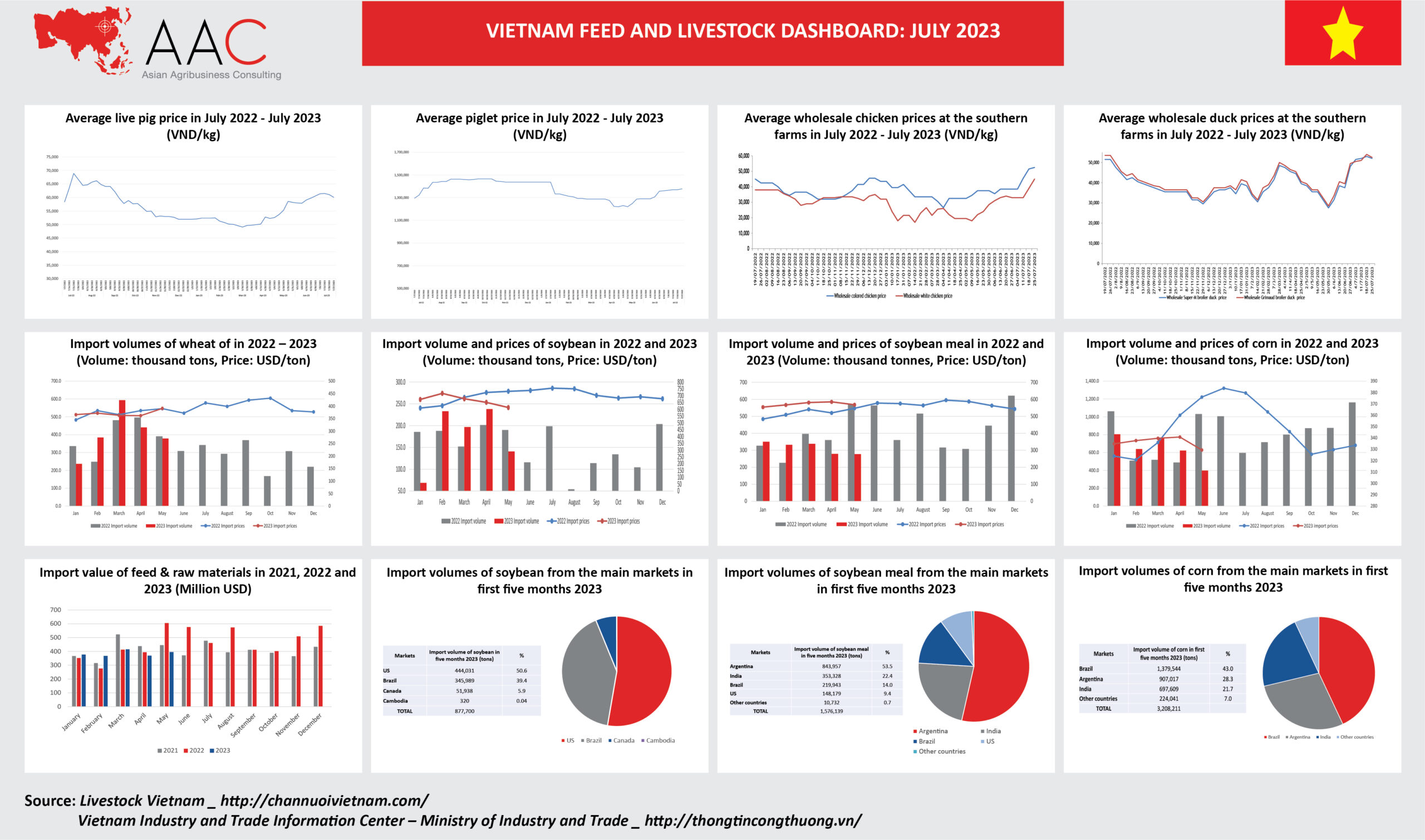
Comments Off on Vietnam July Livestock, Animal Health & Nutrition
Vietnam July Livestock, Animal Health & Nutrition
Comments Off on Thailand Feed and Livestock Dashboard: July 2023
Thailand Feed and Livestock Dashboard: July 2023
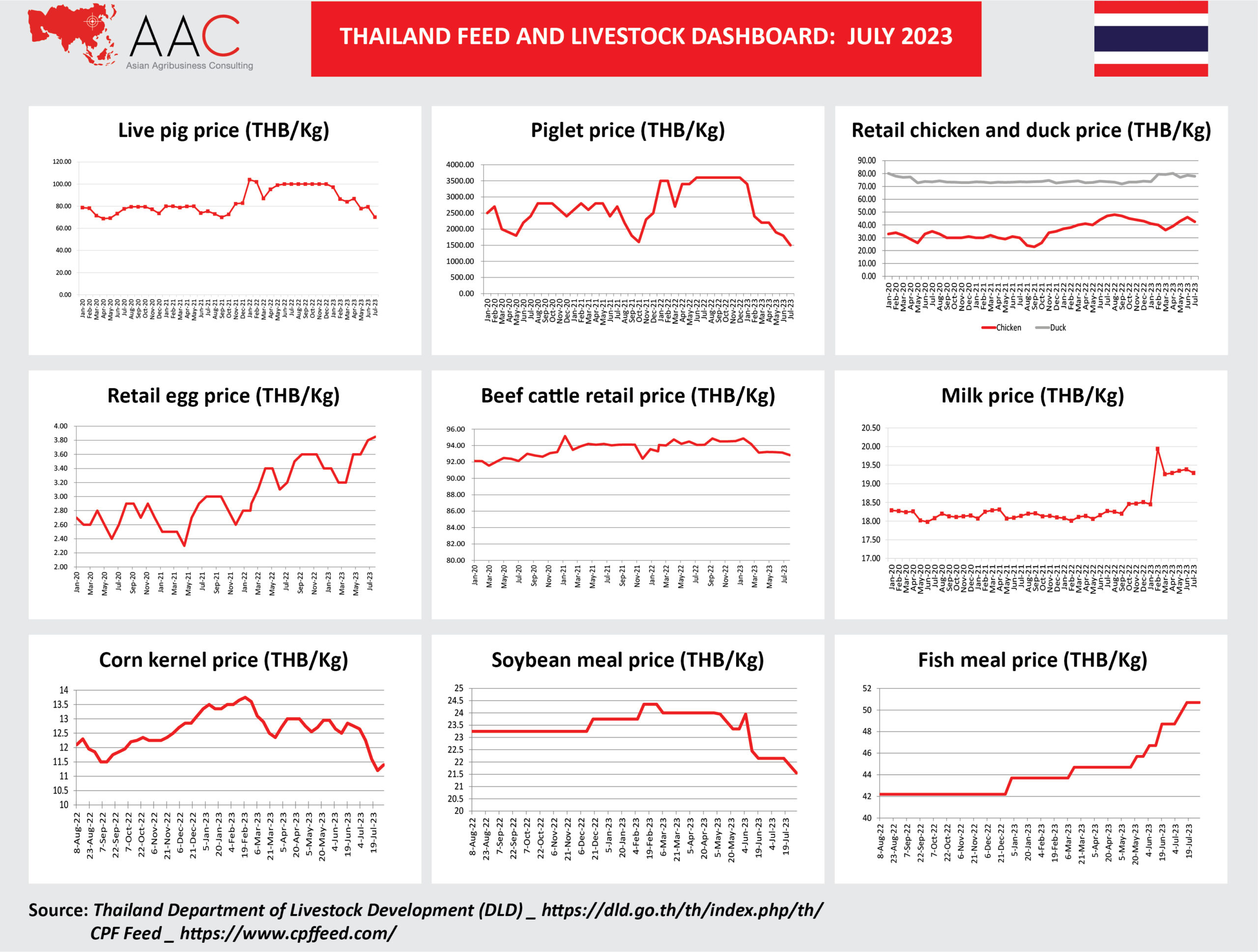
Comments Off on Thailand July Livestock, Animal Health & Nutrition

